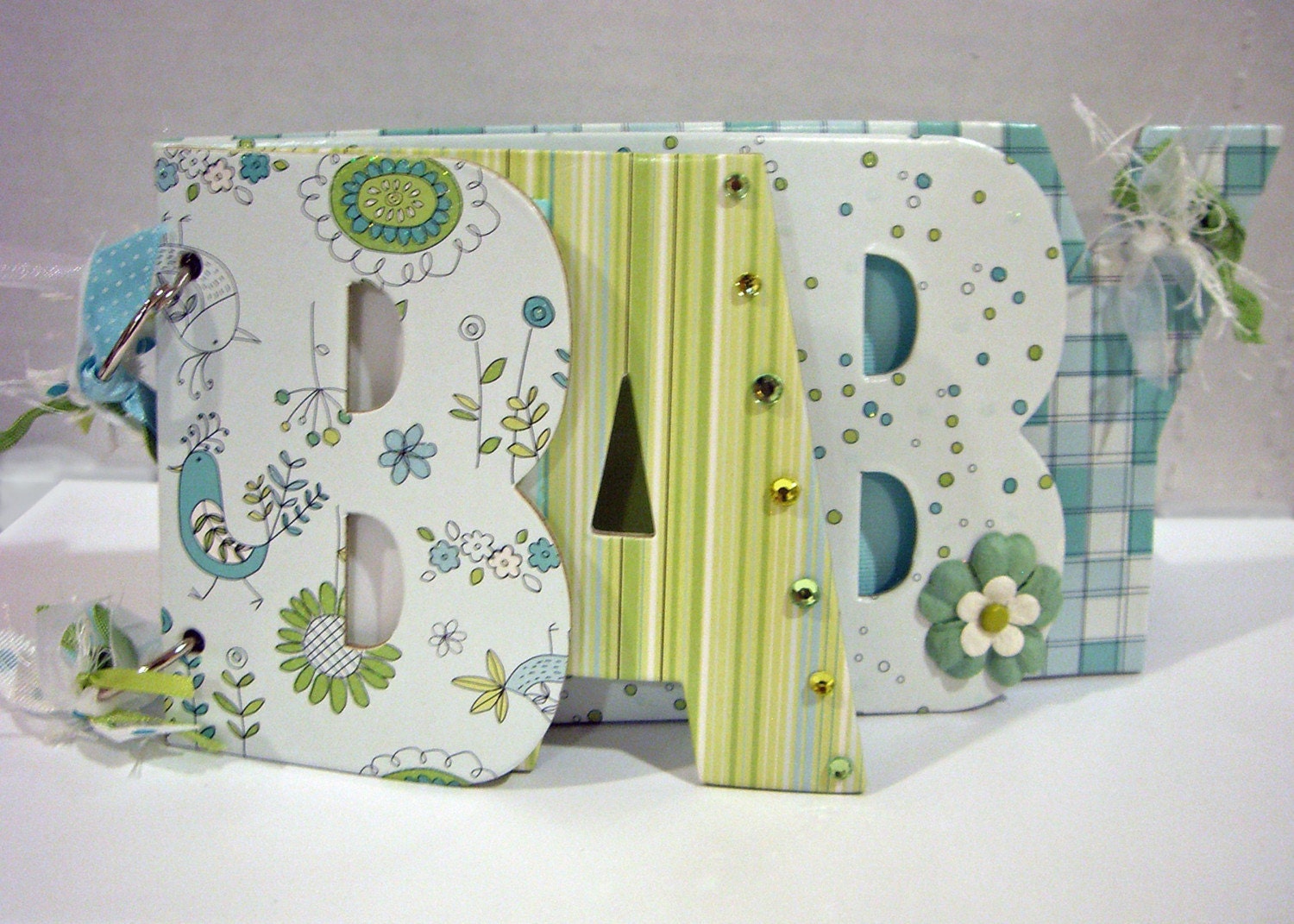Especially now that I'm knitting more and need more project bags. There are different types I like for different purposes. Let's take a look at the Drawstring Bag.
I've looked at a lot of tutorials online to try to come up with the perfect drawstring bag. I wanted to be able to make it in any size and use any fabric I like. And while I love math, I didn't want to have to work it out every time I made a bag or changed the sizing.
So, I made a Spreadsheet:
You just fill in the numbers in the first (green) table and watch the other numbers change. Since I wanted to have various options I had to make various tables.
Here's a visual for what each one means:
Bag Options:
Outer Fabric:
A - One main piece, direction doesn't matter. This is the easiest!
B - Two main pieces, direction matters.
C - Two main pieces, and a base. In this case you will need to outer main pieces even if the direction doesn't matter.
D - Two main pieces, and two bases. Use this if the base direction matters. Again, the main piece can be directional or not.
Lining:
1 - One piece. This is the easiest. Regardless of what is happening on the outside you can use this.
2 - Two pieces. Only use this if the fabric is directional. You'll only see the very top of this fabric so I'm not sure you really need to use this - UNLESS, you want the bag to be completely reversible.
Now, using all that we can make a bag - or 20. Here's how:
Instructions:
These are really general directions for completing a bag. For each step you have many options for customization.
1. Use the Spreadsheet and enter in the final measurements for your desired bag. Only change the numbers in the first (green) table.
I had some scrap fabric that was 11 inches wide,
so I played with the numbers in the "green" table
to get a cut fabric width of 11 inches.
2. Decide what configuration of outer and lining fabric you would like.
I decided on just one outer and one inner piece.
3. Refering to the appropriate chart, cut out all your fabric pieces. The measurements include your final seam allowance(s).
4. Sew into a big "tube" following the schematic above for outer and lining configurations. Remember:
-- Always sew with Right Sides Facing (RSF).
-- Watch the direction of your prints, if direction matters.
Optional: I like to stitch the seam toward the lining -
5. Line up the outer and lining pieces, RSF, and mark your drawstring opening(s) on your main fabric. Sew both open sides, leaving drawstring opening free and about 2-3" free in one side of the lining, for turning.
-- Think about the thickness of your drawstring when marking the opening. I like 3/4" which works for just about anything.
-- Be sure to back-stitch at each side of the openings.
-- The opening in the lining should be about in the center, we will be cutting out the bottom corners so don't have it toward the bottom.
-- If you are using two lining pieces you could leave the opening in the bottom seam, toward the middle, and then not leave an opening in the side.
-- You can use one or two drawstrings. Plan openings accordingly.
6. Using the "corner" measurement from the chart, mark and sew all four corners. Trim to match seam allowance. Note: this measurement is the distance from the point to the line you draw.
-- I find it easier to press the fold.
-- I just use a pencil to mark.
7. Turn your bag through the opening in the lining, "pointing" all corners. Sew the opening in the lining shut.
You could sew the lining shut
by hand if you want the bag
to be completely reversible.
8. Tuck the lining inside the outer fabric. I like to iron the top seam.
8. Sew the channel for the drawstring(s) by stitching on either side of the opening you made. You can use a straight stitch or a decorative one.
9. If you are making your own drawstring, do that now.
10. Thread the drawstring(s) through the channel.
Enjoy your bag!




















































